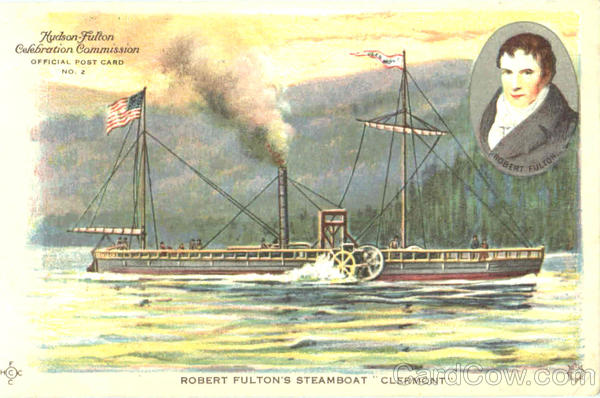
Jamie, our explainer
Throughout the chat I learned a lot about the industrialization of the textile industry, especially it's evolution from the cottage industry to the factory system. First Jamie told us about the cottage industry. Before the industrial revolution, families would work their cottages in the country to create cloth to sell. The looms were powered with their feet and fibers would be separated by hand using wire brushes. The fibers would then be put on a spinning wheel. Every member of the family was part of the process. All this changed when the water frame was invented in 1775. The water frame allowed four or more bobbins of thread to be made at once, and it was very important in the transition from the cottage industry to the factory system. The industrialization of machines made work much faster, but also louder and more dangerous. People often went deaf from being around a thousand looms, and accidents were very common. Mills were run for profit, and , as Jamie put it, health and safety didn't exist.
In conclusion, I enjoyed our video chat experience. I thought that being able to communicate with a real person directly was much more effective than watching a video. However, there were issues with lag and choppy signal in the beginning, but these issues fixed themselves. I would definitely like to do another video chat with an expert on other topics throughout the school year.


